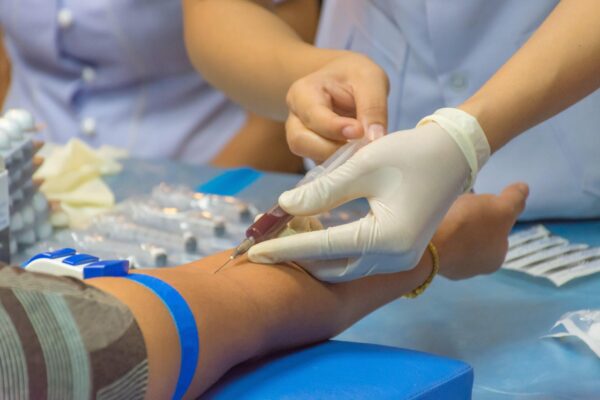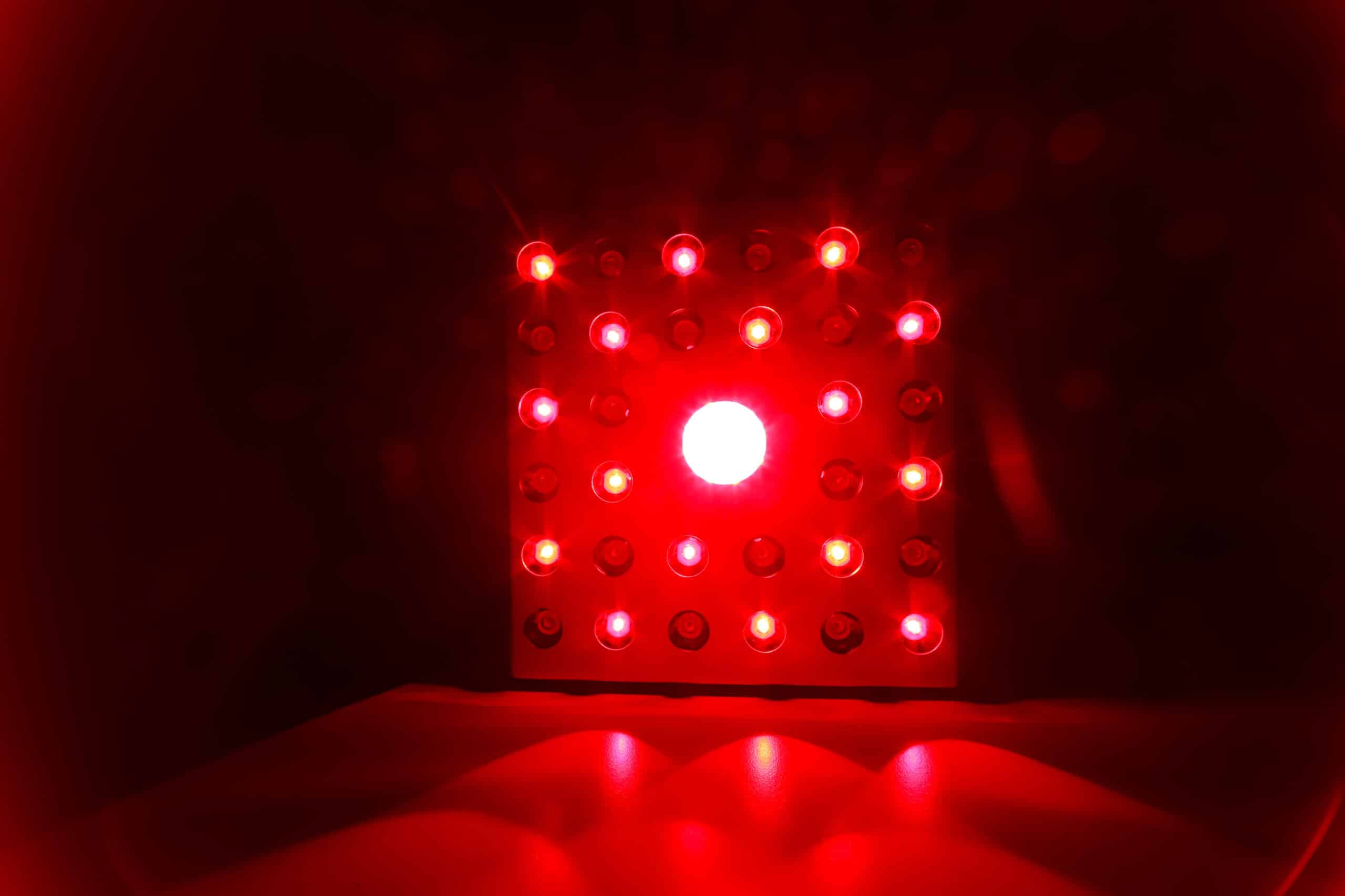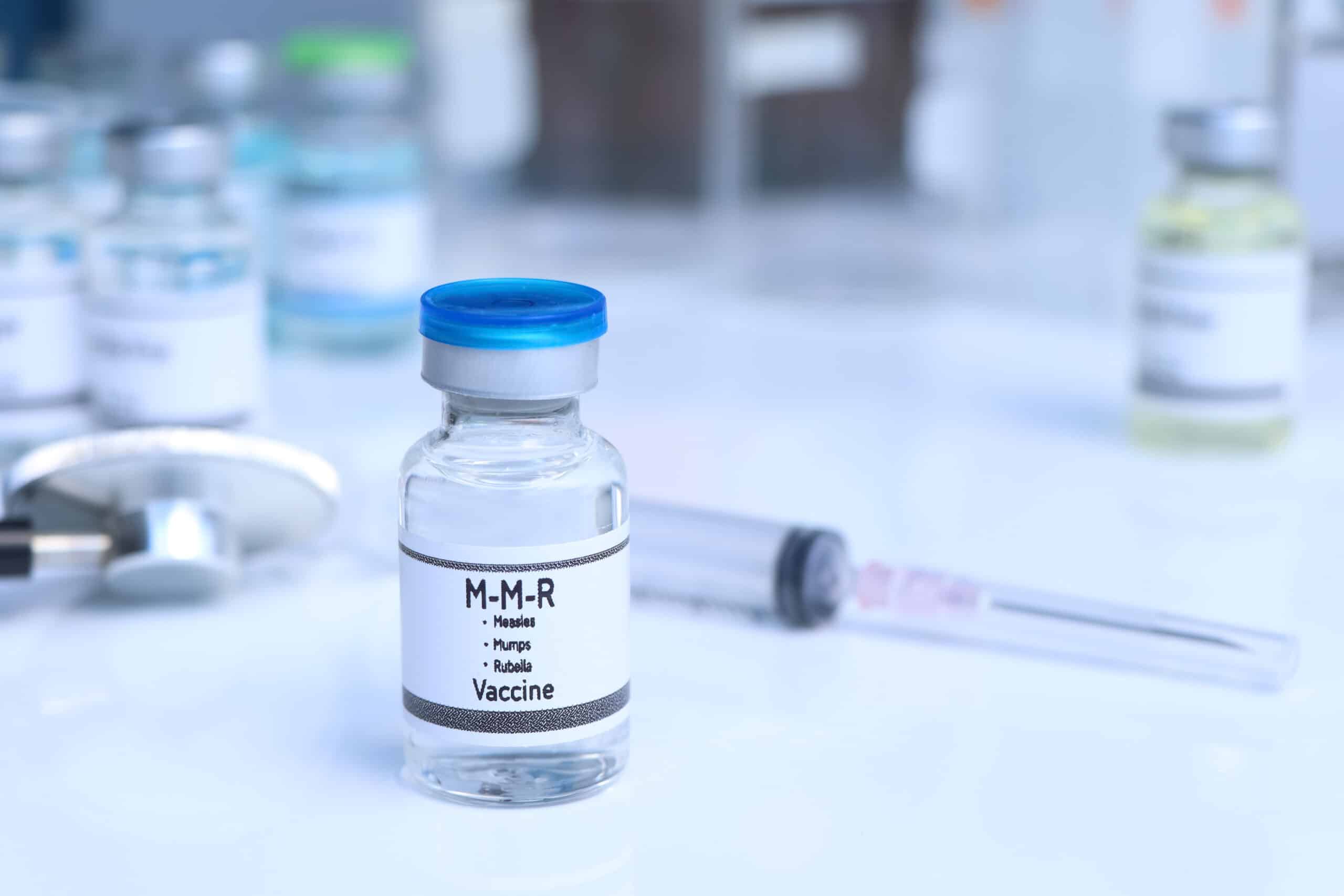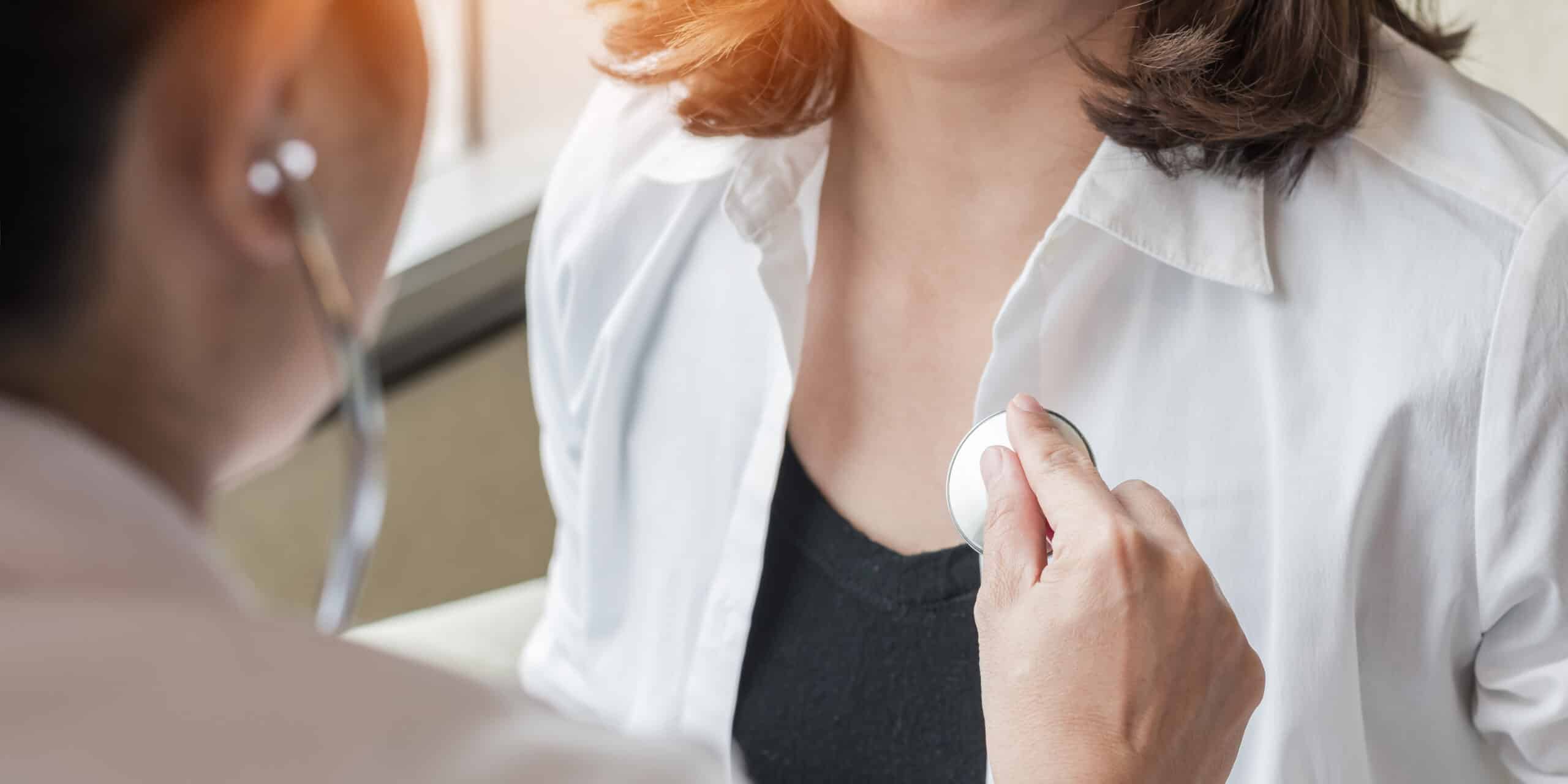April 17, 2020 update.
Antibody Testing for Covid-19
It has now been a month since Bay Area counties announced the order to ‘shelter in place.’ Thankfully, new cases of Covid-19 are leveling off in both San Mateo and Santa Clara counties. The number of hospitalized and ICU cases at Stanford and other local hospitals is declining, and the anticipated ‘surge’ has been much less than feared. The local hospitals are reporting that they have more than adequate capacity to treat people if necessary. It appears that the shelter in place plan has been effective.
On Stanford’s virtual town hall today, they discussed plans to reach out to people who have had procedures or visits postponed. They also emphasized that the hospital is a safe place. Stanford reported that they have tested over 2700 health care workers who had symptoms that could be concerning for Covid-19, and that only 3% of that group tested positive. This compares to 8% of the over 12,000 tests that they have done in the community. This was to emphasize that the hospital is not a place to be feared, and that their precautions are considerable. If someone needs care, they should not be scared to use services. They also reviewed their capacity for testing, which I will discuss below.
I want to address the current local options for testing.
Fortunately, we are not yet seeing a significant local shortage of reagents or lab capacity.
The best test for current infection is to do a nasal swab and have it analyzed in the lab at Stanford. This can be done at our office (or at home potentially,) and we hand deliver the sample to Stanford. It can also be done through a drive up/through model at Sequoia hospital. We order the test, and the sample is taken there. They then send the sample to Stanford for analysis. Quest labs still has long delays. At this time, I still recommend only testing people for current infection who have significant symptoms or concerns. If you think that you should be tested, we ask you to call us to discuss it.
Stanford is now able to test for evidence of prior infection, though a newly released serology blood test at Stanford, called Stanford’s serology test. This test is done via a normal blood draw, NOT finger stick test. Currently, we can only order this to be drawn at one of the Stanford labs. This includes the labs at the Hoover Building on Quarry Rd., Menlo Medical Clinic on Crane St., and the lab at the Redwood City Stanford site on Broadway (among others.) I have had a few patients go to Menlo Medical Clinic, and they have reported that it was a smooth process and that they felt safe. It takes two to three days to get the results.
This test detects IgG & IgM antibodies to the SARS CoV-2 spike receptor binding domain (RBD). This laboratory-developed test has been validated using plasma from confirmed COVID-19 infected individuals. When considering this serology test, it is important to understand its limitations:
- The presence of IgM and/or IgG antibodies indicates an immune response to COVID-19, but it is not known at this time if the response is protective against future infections.
- False positive results are possible in serology assays; it is unclear what rate of false positive results will occur in individuals with recent infection by other kinds of coronaviruses, or other inflammatory conditions.
- The absence of IgM or IgG antibodies does not exclude a current COVID-19 infection. It can take 1-2 weeks after the onset of symptoms for antibodies to develop. To test for current infection, a nasal swab PCR test is needed.
- This is a billable test.
- This is likely a more accurate test than the rapid finger-stick tests as it is done with lab-based ELISA technology.
On Stanford’s town hall meeting today, Dr. Maldonado confirmed that this is an excellent test, and that if it’s positive, it very likely means that the person has had the infection.
I would not yet recommend testing everyone for evidence of prior infection. If, however, you have had a significant cold or flu-like illness in the last two to three months, and wanted to check for evidence of past infection, I would be happy to order it for you.
Prior infection test described above is done via a normal blood draw This is not the finger stick test that was in the news last week. Stanford and the CDC did a drive through sampling of over 3000 people in the community who were without any symptoms, to try to get a look into whether or not there may already be some immunity out there from people who have had the infection, but did not realize it. Those results are not yet available, and that study is closed. We do not have access to finger stick blood testing.
In summary, the fear of a surge of cases is diminishing. People should feel safe if they need to have hospital tests or care. We now have the capacity to test for current infection with a nasal swab, as well as to look for evidence of past infection through a blood test at one of Stanford’s labs.
There are still significant unknowns:
- Fist, whether or not having antibodies confers immunity to future infection.
- Second, how long antibodies or immunity will last.
- Third, how prevalent this may actually have been in our community in February and March.
We will get much more information on these unknowns in the future, and I will pass along the information as I hear it.
I am thankful that in our office, we are able to continue to provide care, and that it appears that our communities have been able to avoid a healthcare crisis. I look forward to seeing how our governor and county officials will work to craft a graded return to activity in the future.
Wishing you all a healthy Spring,
Dr. Kroes and Dr. Santana
Peninsula Doctor is a concierge medical practice located in the Bay Area, city of Menlo Park, CA.



